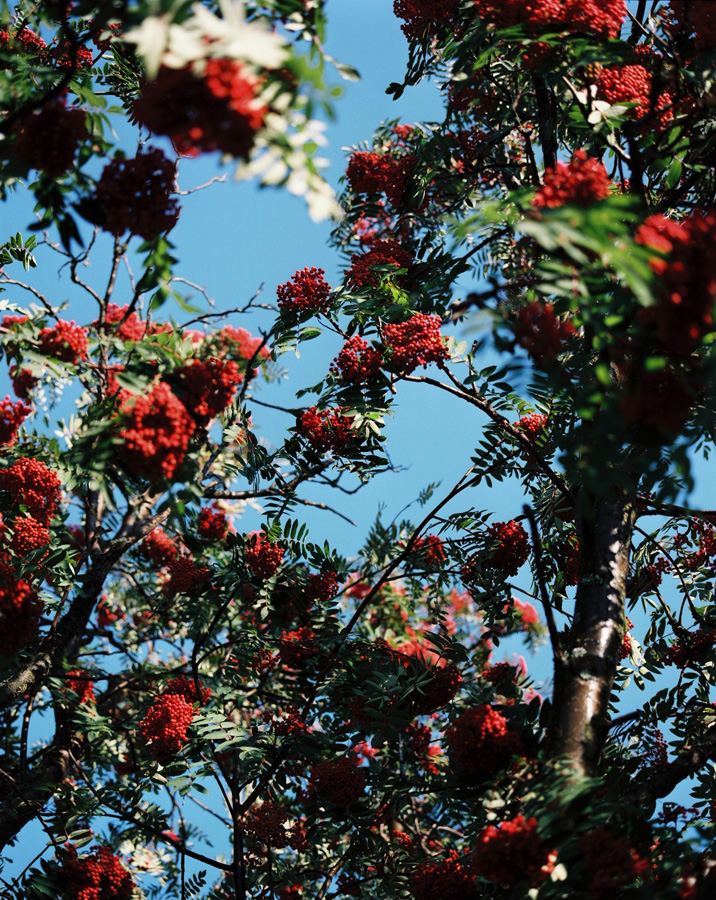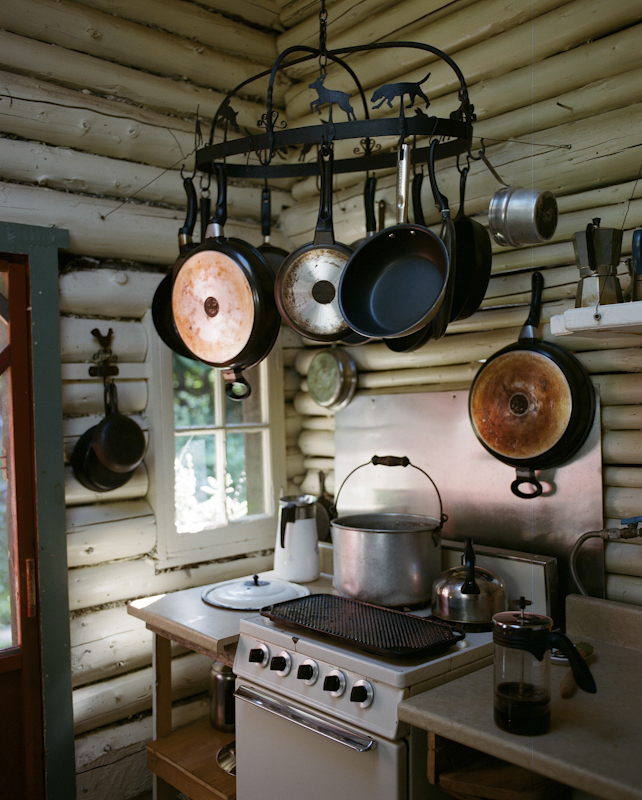
(Photo from Lucas Olivet’s ongoing series in Prince George, BC)
If you’ve been following along for a while you know that, a few years back, I was diagnosed with chronic Lyme. This diagnosis, at the time, was balsam. Finally, after months of mysterious symptoms–profound pain in my joints and limbs, drenching night sweats, weight loss, and severe depersonalization and derealization (a mental state not dissimilar, I imagine, from the one experienced after ingesting a plate of pot brownies)–I had an answer, a, what those in the naturopathic community like to call, root cause. I could equip myself, be directed to the specialists, pore over the literature and message boards: if I could name it, I could overcome it.
I haven’t written much about this diagnosis lately: thinking about it, I realized it’s due to more than just the fact that I recovered (and we tend not to share stories of recovery as much as we tend to share while still navigating), but that, over time, I began to recognize that whatever it was I was experiencing, was too slippery for any one definitive diagnosis. Saying that I recovered from chronic Lyme felt false, like bypassing the truth of my experience. I think it’s more that I recovered, but from something that can’t be so easily named.
And that’s not easy to talk about.
Mystery, or what is not able to be known–at least, in a concrete way, is, to put it mildly, uncomfortable. We like answers, absolutes. It’s why receiving a diagnosis is often bittersweet: once you’ve named it, all that you’ve been experiencing has been validated, is no longer looked upon with skepticism, doubt–well, you don’t look sick, we all get tired. We can wear our diagnoses as badges, proof of the pain, the suffering: see, it wasn’t all in my head.
The naturopathic community can be even more obsessed with absolutes than the allopathic one, insisting that there’s no such thing as an idiopathic ailment; you just haven’t found the root of the issue.
I used to approach health this way. If I could just dig a bit deeper, see a bit clearer, I could extract the tangled roots of what ailed me once and for good. I could be the perfect picture of health, the walking equivalent of holding mountain pose on the top of an actual mountain, kale coursing through my veins, no worries, no stress, just pure, unadulterated #bliss. Ohmmmmm.
But after bouncing from diagnosis to diagnosis these past years (my Lyme specialist believed, at one point, that it wasn’t borreliosis, but babesiosis [another pesky microorganism] that was the trouble, a 70-year-old acupuncturist from Beijing told me it was kidney jing deficiency, a therapist diagnosed me with cPTSD), I’m not so sure I believe in root causes anymore. At least, not across the board.
Our health is affected by so many variables. The familiar ones, like diet, exercise or lack thereof, exposure to pollutants, genetics, socioeconomic standing and the more esoteric–birth and embryological trauma, inherited trauma, from our ancestors, or our past lives, our natal charts, our constitutions, a hex someone cast upon us (which I know for some folks is about as likely to have an effect as any of the preceding things). There’s a practitioner out there for, ahem, everything, but what if what you’re experiencing evades even the kookiest definition? What if something best described as mystery illness really exists?
Disquieting, isn’t it?
Mystery is something our ancestors, with their rudimentary skills, their smaller brains, had to wrestle with. The pitch-black sky, the sun’s waning, the trees going bare, the woman who bleeds but does not die, the head emerging from opening. It’s the moon’s rotation around us, the earth’s rotation around the sun, the shedding of the uterine lining, the sperm fertilizing egg.
With all of our tools and our big, modern brains, there’s no puzzle that can’t be pieced together. We, unlike our ancestors, have flicked on the lights: we’ve dissected, we’ve decoded, we’ve defined. We’ve left little room for intuition, for feeling; what is too slippery, or shifting to be contained has been cast aside, belittled, placed into the catch-all category of crazy. Woo. Magical thinking. The charge of poncho-wearing hippies complaining about chem trails, claiming that the sun’s energy is the only nourishment we really need.
What’s made it so difficult to write about my recovery is that what would be categorized as magical thinking has played a major role. No, spirulina didn’t fill me with stores of energy, nor did carrying hematite in my pockets up my iron intake. But leaning into the idea that I didn’t have to categorize, that I could try out different approaches, address my symptoms as they came was a revelation. Leaning into the idea that, perhaps, it was a multitude of variables, that, perhaps, naming it didn’t really matter, that everything is always shifting and that I, too, could bend and move. The idea that instead of shirking away, I could welcome the mystery, even learn to embrace it.
The treatment that Lyme specialist gave me for babesia? It helped. The acupuncturist I mentioned? My symptoms almost entirely ebbed after working with her for a couple months. Learning techniques to soothe my particularly sensitive nervous system? Invaluable. These are concrete things and I don’t mean to diminish their importance. I just wanted to share this part of my story with you, and offer an alternative way of approaching chronic illness for those living through something similar.
May we all find an approach that helps us bend and move, and feel less afraid of the shifts. May we all infuse a little more magical thinking in our lives. And may we all find what best helps us heal, regardless of how crazy it may sound.
